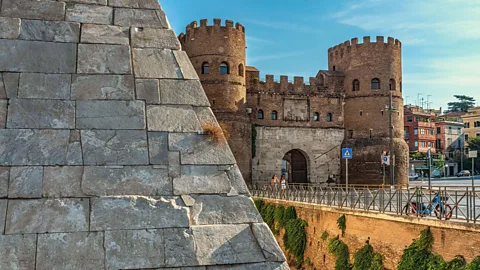Testaccio: The foodie neighbourhood where Romans go to eat
 Alamy
AlamyOnce an important port that supplied food to ancient Rome, off-the-beaten-path Testaccio remains the city's favourite culinary destination.
On a warm Saturday evening last autumn in Rome, I took two friends and first-time visitors, Boba and Smiljana, to Testaccio, a centrally located neighbourhood on the left bank of the Tiber River. We went to a party held twice a month at the Mercato di Testaccio (Testaccio Market), when stalls stay open late, offering classic Roman dishes like cacio e pepe, carbonara and supplì (deep-fried risotto balls) – alongside wine, beer and music.
Though visiting the market isn't part of a typical traveller's itinerary, Boba and Smiljana loved the detour. "Who needs a tourist-trap meal near the Colosseum when you can eat this">window._taboola = window._taboola || []; _taboola.push({ mode: 'alternating-thumbnails-a', container: 'taboola-below-article', placement: 'Below Article', target_type: 'mix' });
